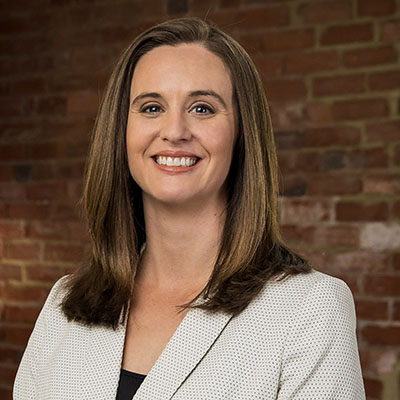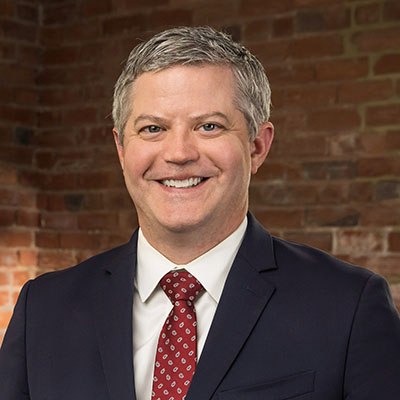Between 2015 and 2018, the number of people killed by cars rose in Virginia. In fact, Virginia pedestrian fatalities have increased by 19 percent since 2012. Stephen Read, the highway safety planning manager at the Virginia Department of Transportation, said the numbers have grown from about 70 to 80 pedestrian fatalities a year, to the 120 to 150 a year range.

How is Virginia making the roads safer for pedestrians?
In response to rising pedestrian fatalities on Virginia roadways, the Virginia Department of Transportation (VDOT) launched a project called the “Virginia Pedestrian Safety Action Plan.” Finalized in 2018, the report seeks to analyze critical problems and ultimately increase pedestrian safety.
As part of this effort, VDOT has evaluated specific roadways and intersections with a higher than average rate of fatalities to try and understand why some areas seem to result in more pedestrian fatalities, what factors seem to increase fatalities. Hopefully, this will allow VDOT to improve these specific areas so that a) drivers are alerted to the presence of pedestrians b) pedestrians are alerted to the potential dangers, and c) policies are enacted to promote safety for all.
Examples of measures being taken to promote the Virginia Pedestrian Safety Action Plan include:
- Creating high visibility crosswalks
- Curb extensions
- Improved crosswalk signals for pedestrians including countdown signals
- Advance warning signage
- In-street yield signs
It is important that Virginia Department of Transportation recognizes the need to improve safety for pedestrians, particularly in high-risk intersections and roadways. However, implementing upgrades and changes to existing roadways will take time and further study. In the meantime, whether you are the pedestrian or the motorist, we all have a responsibility to do what we can to make the roadways safer for pedestrians.
It’s important to remember that there are “rules of the road” for pedestrians, too! For example, under Virginia law, pedestrians must use the sidewalk when available, cross the road only at marked crosswalks, when available , and obey all crosswalk signals when available . These rules may seem like common sense, but they have been passed into law to keep pedestrians and motorists safe.

Pedestrian safety tips
In addition to common sense, below are ten walking safety tips for pedestrians to take charge of their own safety while walking:
- You should always assume that the driver has not seen you. Make eye contact with drivers as they approach, and if you are not sure they’ve seen you, don’t proceed.
- Always use sidewalks when provided.
- When sidewalks are not available, walk as far off the roadway as possible, and walk in a manner that is facing the oncoming traffic.
- Avoid distractions: Stay off your phone, pay attention, and do not wear headphones while walking on the roadway; if you cannot hear, you may be missing important information that could keep you safe.
- Be where drivers expect you to be. At all times, when provided, cross streets at crosswalks or intersections and always look for cars in all directions, especially vehicles making turns.
- When crosswalks are not provided, or you cannot cross at the intersection, find an area where you have the best view of traffic and where you can be well-seen. Wait until you have sufficient time to cross before proceeding, and always continue to look for traffic as you make your move.
- Follow the rules of the road; make sure you follow all pedestrian safety rules and always obey all signs and signals.
- Make your presence known. At nighttime, wear reflective clothing and carry a flashlight. During the day, wear bright colors that will make you more visible to drivers.
- Keep an eye out for cars exiting or entering alleyways or driveways, or backing out of parking spots.
- Stay sober. Never take alcohol or drugs before walking; your ability to avoid danger will be significantly reduced.
Driver tips to keep pedestrians safe
Motorists need to realize that they share the road with pedestrians, and drivers have a great deal of control and responsibility over keeping pedestrians safe. Below are some tips for motorists to drive in a manner that helps protect pedestrians:
- Watch out for pedestrians, follow the rules of the road, and obey all signs and signals.
- Don’t get distracted – stay off your phone, keep your eyes on the road, and keep your hands off the radio or other controls inside the vehicle.
- Be alert and slow down for crosswalks and intersections. Whether or not you see anyone, once you get closer it may be too late to slow down for a pedestrian.
- Keep an eye out for children and child-focused places like schools, playgrounds, and residential areas. Children do not always follow the “rules of the road,” and are more prone to dart out into traffic.
- Never pass a stopped school bus, for the same reasons noted above.
- Always look before you make a turn, as pedestrians may only come into view after you have rounded your turn.
- Never assume the pedestrian has seen you.
- Always give the pedestrian the right of way. This includes pedestrians who are not following the rules of the road. It’s always better to be safe than “right.”
- Never drink and drive.
- Always follow the speed limit, including lower speed limits posted in school zones.
Hitting a pedestrian with a car will inevitably lead to unwanted consequences – on both sides. The repercussions to a pedestrian can be serious and sometimes life-altering. The consequences on the driver can be extremely serious as well, ranging from traffic citations, criminal charges, lawsuits, and sometimes even the loss of a drivers’ license. Be smart and safe – pay attention and follow the tips above to avoid an accident you will definitely regret.
If you or a loved one have been injured in a pedestrian accident through no fault of your own, Allen & Allen may be able to help. Call today for a free consultation at 804-353-1200.





